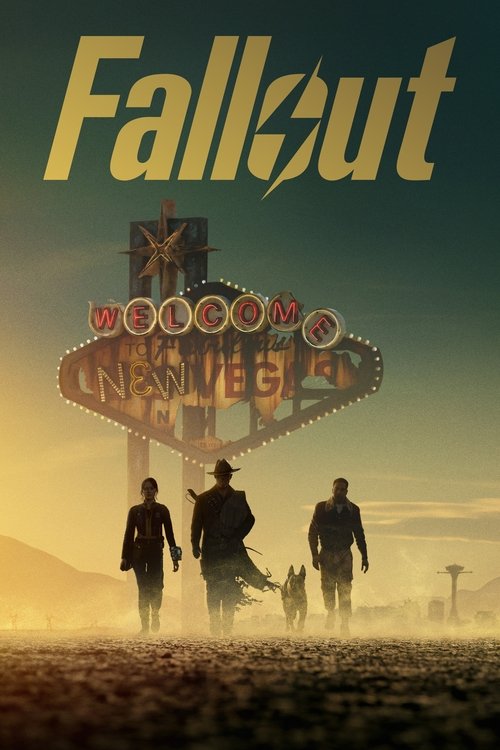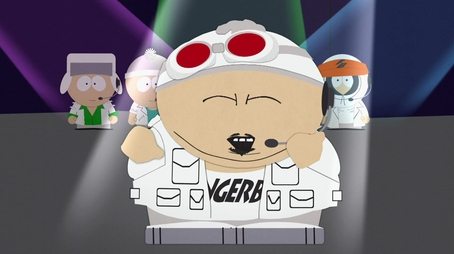
Sorry, we have not watched this yet.

"Fingerbang" is the latest boy band starring the four boys. Randy Marsh is against Stan's participation in any boy band for dark reasons. The boys land a gig at the local mall when it is threatened because there are only 4 members in the band. Stan arrives and the group is set to perform when suddenly the mall elevator tragically crushes Kenny. A former boy band member steps into the spotlight to save the gig.
Sorry, we have not watched this yet.